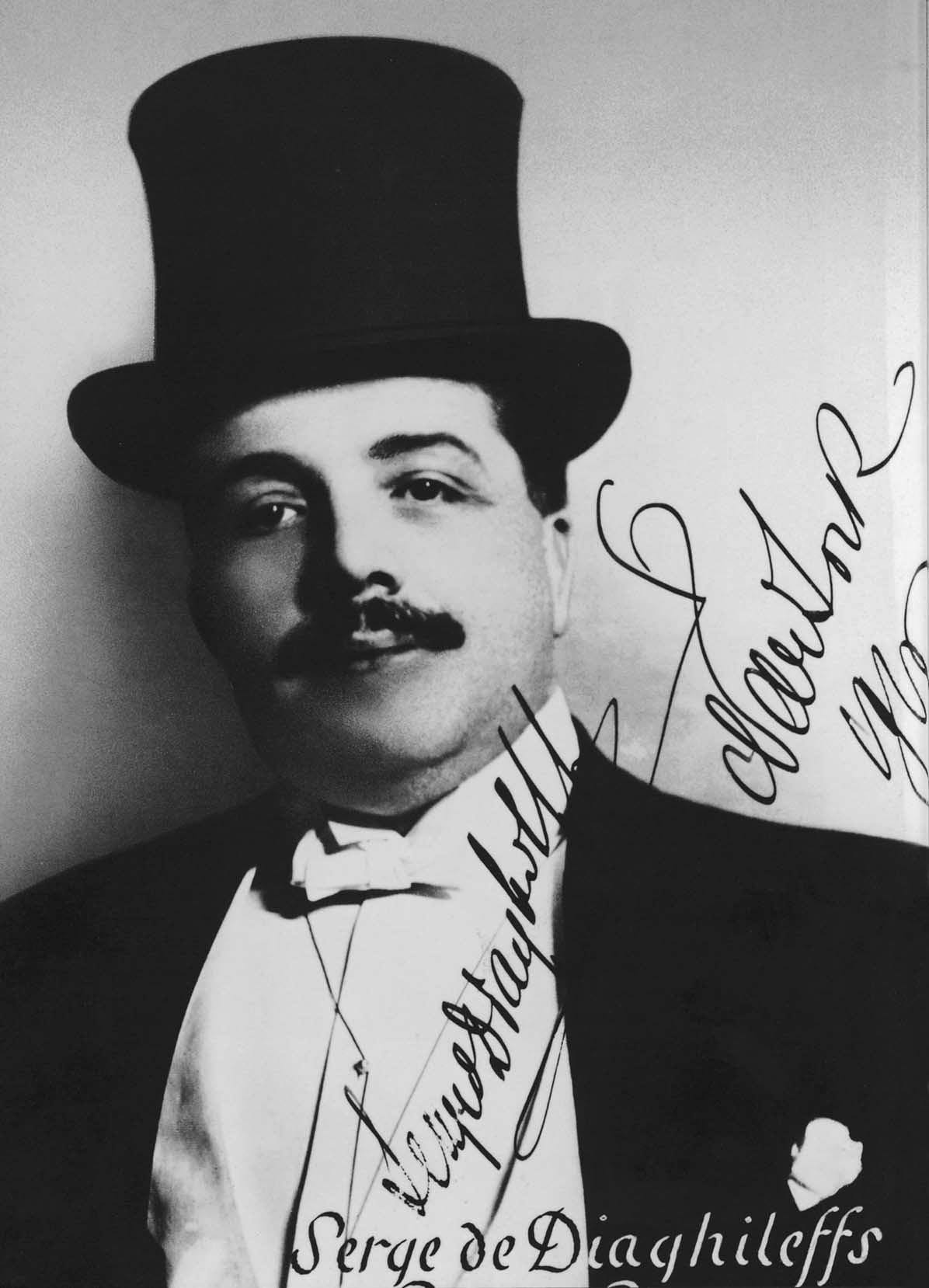
Ragtime, a musical genre which originated in the United States, experienced its peak between 1897 and 1918. It began as dance music within communities of highly concentrated African American prostitution and sex-oriented businesses in New Orleans and St. Louis. Ragtime was highly influenced by Cakewalk, African American Folk Music, Beguine, and American March Music. Benjamin Robertson Harney, an American songwriter and entertainer, pioneered Ragtime and is now known as the “Father of Ragtime.” Some popular Ragtime music composers are Anton Davorak and Claude Debussy. Through their legacy, Jazz music was created. Like Ragtime, Jazz also originated within black communities in southeastern United States, and was also influenced by Folk Music, March, and Blues. Its mainstream popularity lasted between the 1920’s and 1970’s. Jazz in its prime was innovated by artists such as Louis Armstrong and Coleman Hawkins, and was originally created in 1910 in New Orleans, Louisiana.
Ragtime music is primarily played on a piano, but is sometimes played on a banjo orchestra or brass band. Some of its derived forms are Stride, Novelty Piano, and Honky Tonk, and some of its fusion genres include Jazz, Boogie Woogie, and Bluegrass. Dancing to Ragtime was a very enjoyable way to spend time in an era where the style was seen as scandalous. Many Americans began to find it “modern” to dance their Two-Step to this new Ragtime fad. The African American Cake Walk was even accepted in some high society ballrooms as “the popular fad of popular society.” During the early 1900’s, Ragtime music began to gain a wider acceptance and was soon accompanying the new Four-Step and a phase of “animal dances” such as the Turkey Trot, Grizzly Bear, Bunny Hug, and Camel Walk. This was especially popular with the lower class. By 1910, the popular phrase was, “Everybody’s doin’ it now.” Jazz dance, on the other hand, is a vibrant and highly intensified style of ragtime. Jazz dancing involved clothing that was relatively flexible and tight in a materialistic respect. Dancers were required to wear unconstricting clothing in order to show off their fast paced flexible motions. Exploding with energy, Jazz dancers are encouraged to add a little bit of their own flared flavor into their moves.
TO VIEW JAZZ DANCING, PLEASE CLICK ON THE LINK.
Citation
"History of Ragtime
[article]:Article Description: Performing Arts Encyclopedia, Library of
Congress." American Memory from the Library of Congress - Home Page.
N.p., n.d. Web. 18 Mar. 2013.
<http://lcweb2.loc.gov/diglib/ihas/loc.natlib.ihas.200035811/default.html>.
"What Is Ragtime -
Description of Jazz Style Ragtime." About.com Jazz - Jazz Music News,
Reviews, and More by Guide Jacob Teichroew. N.p., n.d. Web. 17 Mar. 2013.
<http://jazz.about.com/od/historyjazztimeline/a/ragtime.htm>.





